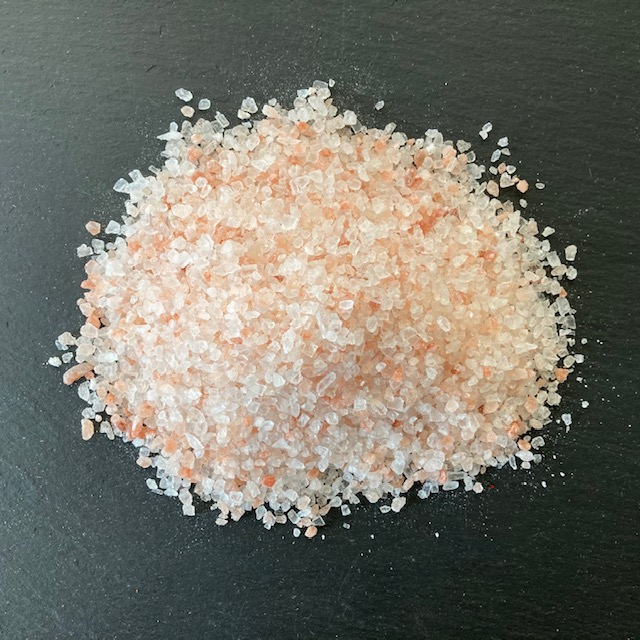- Preservation: Salt is essential for curing meat, extending its shelf life by inhibiting bacterial growth through dehydration .
- Flavor Enhancement: It intensifies the meat’s natural flavors and can be combined with herbs and spices for added taste .
- Texture Improvement: Salt breaks down proteins in the meat, resulting in a more tender texture3.
- Osmosis: The process of osmosis draws moisture out of meat cells, making the environment less conducive for bacteria .
- Historical Use: Before refrigeration, salt curing was a primary method for preserving meat, highlighting its importance in food safety .
- Curing Agents: In addition to table salt, nitrates and nitrites are used in curing to prevent oxidation and spoilage .
- Moisture Control: By removing water, salt ensures that the meat remains dry, which is crucial for preservation .
- Balanced Flavor: Sweeteners like sugar or honey can be added to balance the intense flavor of the salt during the curing process .
- Lean Meat Preference: For effective curing, it’s recommended to use meat cuts with little internal and external fat.
- Natural Preservative: Salt acts as a natural preservative, making it possible to store meat without refrigeration.
These points encapsulate the multifaceted role of salt in meat preservation and flavor enhancement.


Reviews
There are no reviews yet.